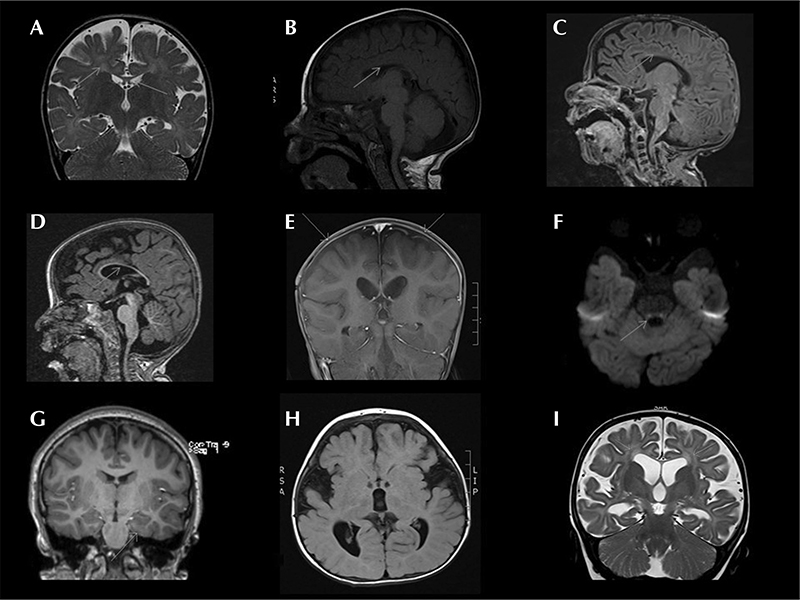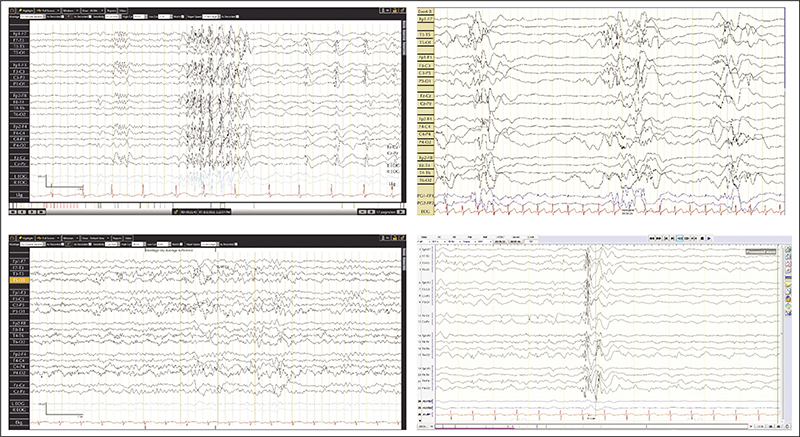Epileptic Disorders
MENUEpilepsy in patients with WWOX-related epileptic encephalopathy (WOREE) syndrome Volume 24, numéro 4, August 2022
- Mots-clés : WWOX, W44X, seizure, encephalopathy, developmental delay, whole-exome sequencing (WES)
- DOI : 10.1684/epd.2022.1444
- Page(s) : 697-712
- Année de parution : 2022
Objective
Epileptic encephalopathy (EE) is difficult to diagnose and manage. It can be caused by a variety of disorders, and its aetiology may guide management and prognosis. The human gene for WW domain-containing oxidoreductase (WWOX) has been associated with epileptic encephalopathy, which presents in infancy with seizures, psychomotor delay, microcephaly, and optic atrophy.
Methods
We report nine patients with WWOX-related EE from six families. We provide detailed descriptions of clinical presentations, imaging findings, neurophysiological manifestations, and related mutations. Whole-exome sequencing (WES) was used to identify the mutations in the WWOX gene.
Results
We established correlations between genotype and phenotype in our cases and previously reported cases.
Significance
Our data support previously reported findings regarding WWOX-related EE, indicating the importance of the human WWOX gene in brain development and the association between WWOX mutations and EE. Our study also highlights the power of WES, particularly in clinically challenging cases.



